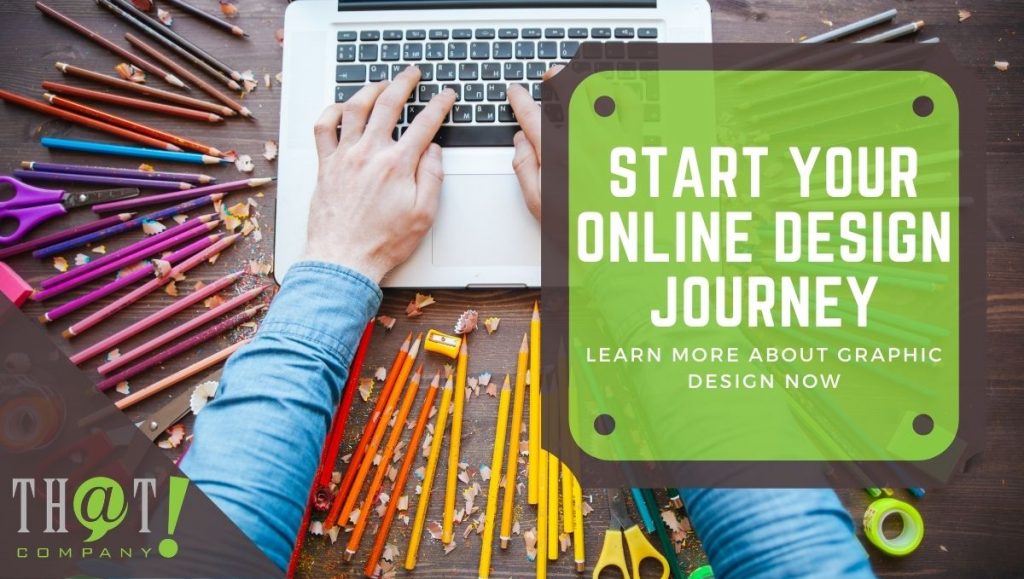
If you are just getting started with graphic design, it’s easy to get intimidated. When you are looking at some nicely done, slick arrangements. You begin thinking to yourself that the gap in skills between yourself and that of a professional is too large to overcome.
However, that may not be the case, and by using a few tips and tricks, even a beginner can create professional-looking designs leaving your audience in awe.
Below are some of the tips that can help you make a graphic design project like a pro. Interested in turning Graphic design into a career? Learn more about white label digital marketing now!
Choosing the Right Fonts:
 There are many choices when it comes to selecting the right fonts, thanks to the many different options that are on the market, such as those in google fonts. Having this wide array to choose from does not necessarily mean that you want to use many fonts. Normally, you would like to have two fonts that go well with the portrayal and style of your graphic design. These fonts can be similar or high in contrast. The key here is that the fonts should complement each other while giving the design a subtle balance look( ideally one for your main headings and one for your body text). So a cursive font with a block nature font may not pair well together. On the other hand, a couple of block fonts with differences in style, size, and thickness can give a more balanced subtle look to a graphic design.
There are many choices when it comes to selecting the right fonts, thanks to the many different options that are on the market, such as those in google fonts. Having this wide array to choose from does not necessarily mean that you want to use many fonts. Normally, you would like to have two fonts that go well with the portrayal and style of your graphic design. These fonts can be similar or high in contrast. The key here is that the fonts should complement each other while giving the design a subtle balance look( ideally one for your main headings and one for your body text). So a cursive font with a block nature font may not pair well together. On the other hand, a couple of block fonts with differences in style, size, and thickness can give a more balanced subtle look to a graphic design.
Just like fonts, the same method can be applied while choosing the colors of your project. Unlike them, however, one can add multiple colors to a graphic design based on the dynamics and requirements. Colors give an added advantage of shades. You can form combinations of different colors or use the same color with different shades that can complement each other. Always make sure that the color of the graphic elements blends well with those of the background image. Be careful that the colors used for text have enough contrast to make the text legible. Choosing the type of color and fonts which blend and complement each other perfectly can help even a beginner to create a professional-looking graphic design.
Correct Alignment:
If you feel that the different elements in your graphic design aren’t connecting well with each other, or are looking a bit messy, chances are there is a problem in alignment. Alignment is a key principle and one of the important foundation pillars of graphic design. Proper alignment of all the key elements in your project brings everything together in perfect harmony.
Alignment can be of logos, text, images, a background image, and so on. Alignment itself can be of different types such as edge, horizontal, vertical, center, flush, left, right, etc. The correct type and use of alignment for different elements will create a proper structure and balance in a graphic design. Small things like consistent spacing between words in text and placing images on a proper axis can make a huge but subtle difference. Well used alignment gives that wow or x-factor to a graphic design making it more visually appealing and naturally draws the interest of the audience. To learn more about white label web design and development services, click the link to expand your knowledge!
Maintain Quality:

This one goes without saying. Always ensure that all the design elements like logos and images are of high resolution. Even a good graphic design can look poor if the elements are blurred due to lower resolution. There are many websites like Canva, Fotor, and Pixabay from where you can download high resolution, royalty-free images and icons. The best resolution for printing images is 300 dpi. All files should have a minimum resolution of 300 dpi. However, if you are creating a graphic design for a website, the standard screen resolution is 72 dpi since very high-resolution images can significantly slow down the loading speed of a webpage.
If you want to check the resolution of an image, you can simply do so by right-clicking on the image and checking the size in the file properties tab. Also, avoid warping the images while resizing. This helps to maintain the image’s resolution.
Add Transparent Elements:
You can always experiment with multiple layers by adding transparency to your images. This can help to superimpose images on top of a background image, but can still help to make both visible to the observer. Learning how to create multiple layers can help to add a splash of creativity to your images. With transparency, you can add subtle watermarks to your graphic design like a transparent logo, which can protect your design from copyright infringement.
Correct Writing.
One can’t stress this enough. The text or Copy in a design is just as important as the creative elements, no matter how small the text part is. You cannot afford any grammatical or punctuation errors in your copy. Even a single text error can ruin an otherwise good graphic design. Always spell-check your work by either proofreading or by using online resources like Grammarly. Grammarly will automatically pick up any spelling, punctuation, or grammar errors with solutions for each ready for implementation. Usage of lines, line breaks, commas, and double quotes are some of the important elements of text which, if used properly, can help you to correctly segregate and organize the text contents.
[bctt tweet=”One can’t stress this enough. The text or Copy in a design is just as important as the creative elements” username=”ThatCompanycom”]Ensure Readability of Text:
After making sure that your text is error-free, the next step is to ensure it is reader-friendly. For better visibility of text, always use contrasting colors for text and background. A light background would go well with dark text colors like red or blue, whereas a dark background will allow for lighter colors like white or pink. If an image is used in the background instead of a solid color, ensure that there is some blank or negative space in the image with a contrasting color. You can also alter the transparency of your background image to reduce its visibility slightly, making the overlaying text more visible. You can alternatively make the background image opaque and the text lighter. Most graphic design software also includes numerous filters with which you can alter the brightness, contrast, or saturation of the background to make the text more visible.
Ensuring that the text is readable is extremely important, because the proper use of text helps to ensure that the intended message is conveyed to the audience.
Use Shapes and Icons to Convey Information:
![]()
Instead of using plain text, messages can be conveyed through infographics created using different shapes and icons. As mentioned previously, you can get hundreds of vector icons and shapes of high resolution from different websites, absolutely free. Usage of infographics not only makes the message more attractive but also more information can be conveyed using less space. And we know by now that in graphic design, space means everything.
While these tips won’t make you a professional overnight, they are a great foundation to build from. Creativity doesn’t just mean complicated designs. By using simple rules like the ones above, anyone can easily create a simplistic yet highly efficient and creative graphic design that can help a person achieve their design goals. For additional information on how to design a website, click the link!






























